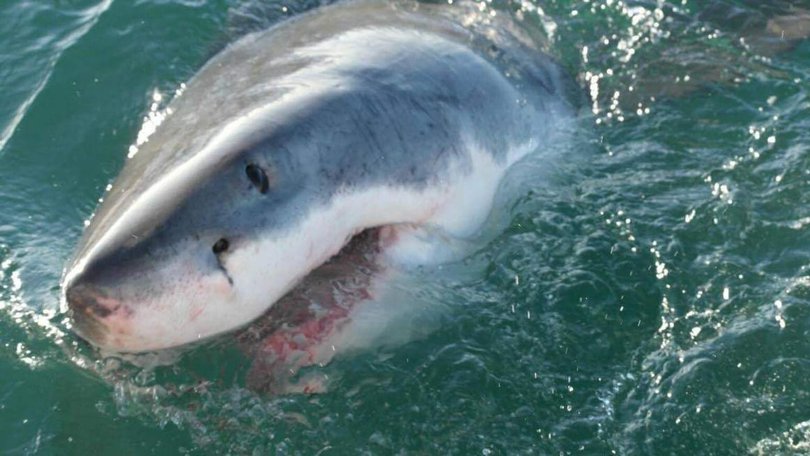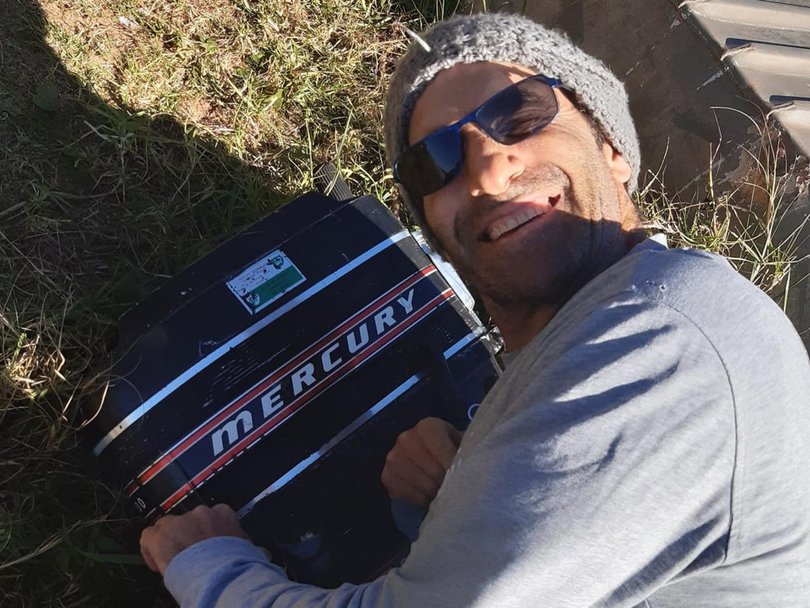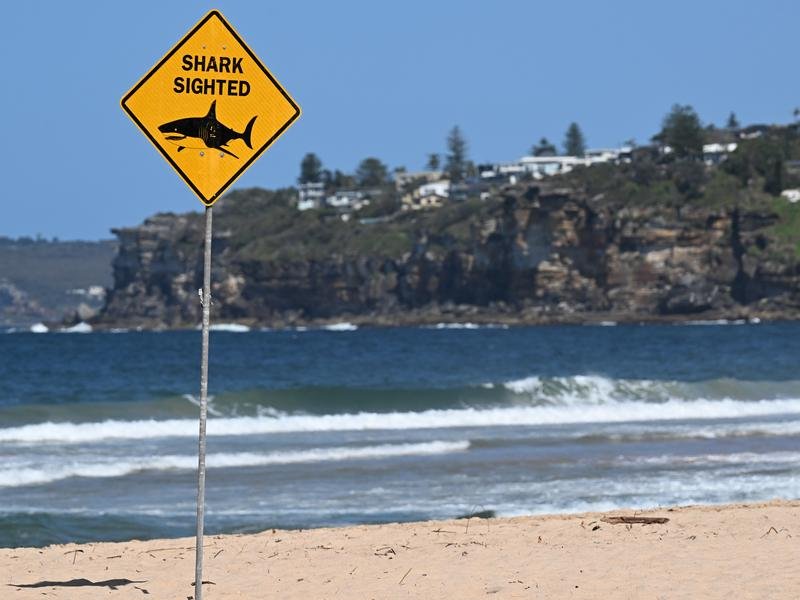While NSW kills sharks near beaches, the Federal Government is trying to save them

Sydney’s Northern Beaches on Sunday were a remarkable sight: on a warm Spring day, beach after beach was empty of swimmers and surfers.
About half the beaches from Manly to Palm Beach were closed following the death of 57-year-old surfer Mercury Psillakis on Saturday from a shark attack. On the other half, ocean goers from this city of 5 million staged a voluntary boycott.
At Newport, one of the city’s top surfing beaches, only two boardriders had decided to brave the clean, mid-sized swell by 9am, a middle-aged father and his daughter. Asked if they were afraid of being attacked by the shark responsible for the fatal bite 12km south a day earlier, the man said: “No. It’s had its fill.”
Sign up to The Nightly's newsletters.
Get the first look at the digital newspaper, curated daily stories and breaking headlines delivered to your inbox.
By continuing you agree to our Terms and Privacy Policy.Few Australians probably realised Sunday was National Threatened Species Day. If they had read Environment Minister Murray Watt’s celebratory message they might have noticed that among the endangered species targeted for protection is the Grey Nurse shark, an apex predator responsible for at least ten attacks in Australian waters since 1991.
A Federal program to increase the Grey Nurse population in NSW and Queensland is at odds with programs in both States that is killing sharks.
On Sunday, NSW Premier Chris Minns said a plan to scale back shark nets across the State’s coastline would be paused in response to Mr Psillakis’s death. In May, the Queensland government decided to impose a shark cull program all year round.

Shark nets
Many people assume shark nets form a barrier to keep sharks away from popular beaches. Typically 150m long and a few meters below the surface, they are designed to capture or kill the animals through drowning.
Placed near shark breeding and feeding grounds, the nets in NSW are checked every three days. Any sharks found alive are tied up with a rope and dragged about a kilometre out to sea, according to Lauren Sandeman, a scientist who researches sharks at Sydney University. Fish have been discovered in the nets with shark bites, suggesting they may become a food source.
“It’s a relic of bygone era,” she said. “We are yet to see any empirical evidence that shark nets work. There is more evidence they are attracting sharks.”
Sydney began using using shark nets in 1937 after several attacks prompted panic among swimmers. In recent decades surfers, who sharks may mistake for seals, have become the most common victims. There have been 160 shark-attack fatalities recorded in Australia since settlement, according to a register maintained by Taronga Zoo, figures that are increasing every year.
Citing academic research, three months ago all Sydney’s beachside councils wrote to the Government asking it to cancel the installation of shark nets this Spring. They were rebuffed, although the Government promised to install fewer.
NSW’s only animal-rights activist MP, Emma Hurst, called for more lifeguards, drone surveillance and a personal shark deterrent for surfers.

Grey Nurse sighting
The species of shark that killed Mr Psillakis is not known. Scuba instructor Sarah Han-de-Beaux encountered a Grey Nurse shark at the same beach a few months ago. She is an advocate, along with many marine ecologists, of letting sharks live, despite the intense fear they generate.
“When you dive with sharks you realise you have been lied to your whole life that they are monsters when they are magnificent,” she said. “As a diver when you swim next to them you feel in awe.”
The population of Grey Nurse sharks, which can grow as long as 3.6m, would be higher without shark nets in NSW and Queensland, according to scientific reports. The shark is one of nine fish singled out for conservation efforts by the Federal Government. From a low of around 500 in the early 1980s, it numbers around 2000 today, according to the Federal environment department.
If a Grey Nurse was responsible for Saturday’s death, it would be a major development in shark-human encounters. There is no record of the species killing a human in Australia, although in 2021 a 63-year-old woman suffered severe torso injuries when bitten by one while swimming at Merimbula Beach in southern NSW.
Scientists determined the species by analysing the bite marks on her skin.

